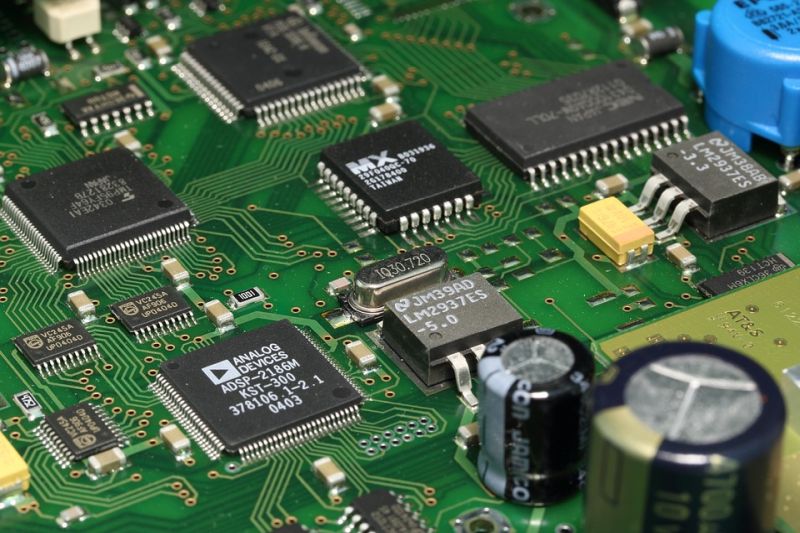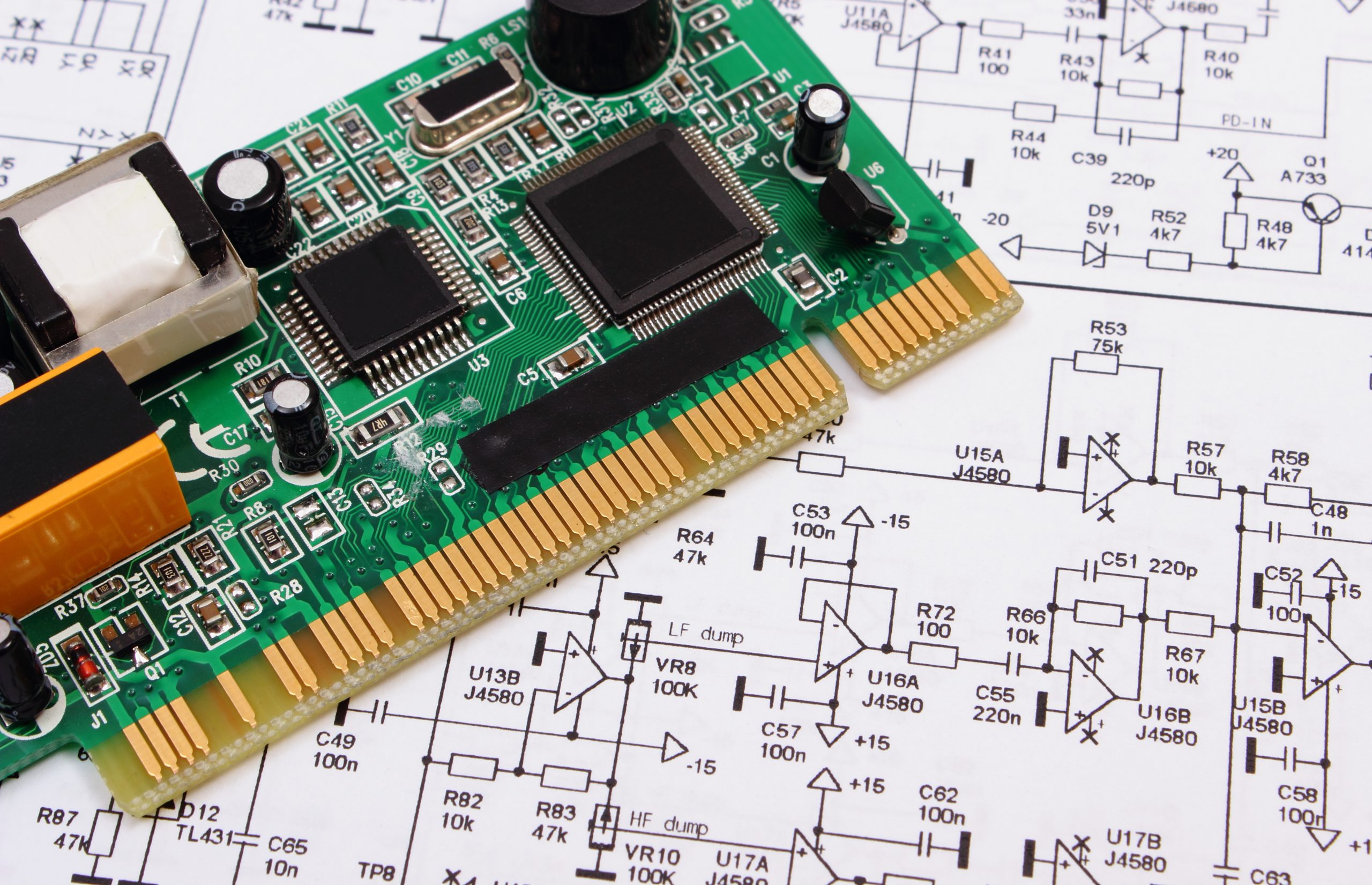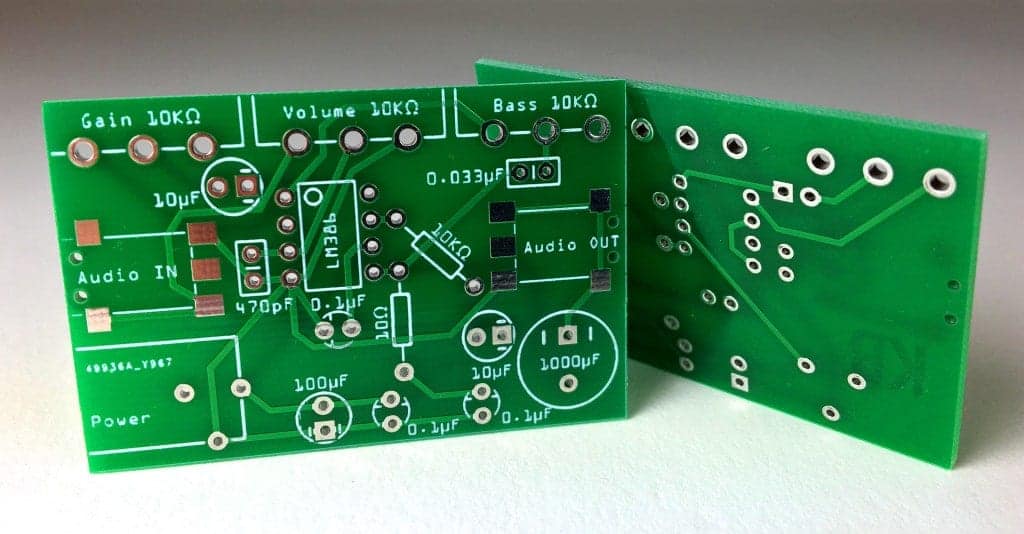Unlocking the Potential
How to Leverage Machine Learning for Smarter PCB Design
Machine learning (ML) is transforming the PCB design process by enabling the creation of sophisticated, high-quality products with unprecedented speed and efficiency. By leveraging ML, electronics manufacturers can automate tasks such as component placement, routing, and signal integrity analysis, freeing up designers to focus on higher-level tasks.
One of the key applications of ML in PCB design is automated routing. Traditional routing methods can be time-consuming and prone to errors, but ML-powered routing tools can analyze complex design data and optimize routing paths in a matter of seconds. This not only reduces design time but also improves the overall quality of the design.
Another area where ML is making a significant impact is component placement. ML algorithms can analyze component characteristics, such as size, shape, and thermal properties, and optimize placement to minimize thermal stress, reduce electromagnetic interference, and improve overall system performance.
Signal integrity analysis is another critical aspect of PCB design that can be improved with ML. By analyzing signal behavior and identifying potential issues, ML algorithms can help designers optimize signal routing and reduce the risk of signal integrity problems.
Several successful implementations of ML in PCB design have already been reported. For example, a leading electronics manufacturer used ML-powered design tools to reduce design time by 30% and improve product quality by 25%. Another company used ML to optimize component placement and reduce thermal stress by 40%.
These examples demonstrate the potential of ML to transform the PCB design process. By leveraging ML, electronics manufacturers can improve product quality, reduce design time, and stay ahead of the competition. In the next section, we will explore the role of predictive analytics in PCB manufacturing and how ML can be used to streamline the manufacturing process.
Streamlining PCB Manufacturing with Predictive Analytics
Predictive analytics is a key application of machine learning in PCB manufacturing, enabling the detection of defects, optimization of yield, and improvement of supply chain management. By analyzing data from sensors and machines, machine learning algorithms can predict potential defects, identify areas for improvement, and optimize production workflows.
Defect detection is a critical aspect of PCB manufacturing, as defects can lead to costly rework, scrap, and even product recalls. Machine learning algorithms can analyze data from sensors and machines to detect potential defects, such as soldering errors, component misplacement, and PCB warping. This enables manufacturers to take corrective action before defects occur, reducing the risk of costly rework and improving overall product quality.
Yield optimization is another area where predictive analytics can make a significant impact. By analyzing data from production workflows, machine learning algorithms can identify areas for improvement, such as optimizing component placement, reducing thermal stress, and improving signal integrity. This enables manufacturers to optimize production workflows, reduce waste, and improve overall yield.
Supply chain management is also an area where predictive analytics can add value. By analyzing data from suppliers, manufacturers, and distributors, machine learning algorithms can predict potential disruptions, identify areas for improvement, and optimize supply chain workflows. This enables manufacturers to reduce the risk of supply chain disruptions, improve inventory management, and optimize logistics.
The benefits of using machine learning algorithms for predictive modeling in PCB manufacturing are numerous. For example, a leading electronics manufacturer used predictive analytics to reduce defect rates by 20%, improve yield by 15%, and reduce supply chain costs by 10%. Another company used predictive analytics to optimize production workflows, reducing production time by 30% and improving overall product quality.
These examples demonstrate the potential of predictive analytics to streamline PCB manufacturing processes. By leveraging machine learning algorithms, manufacturers can improve product quality, reduce waste, and optimize production workflows. In the next section, we will explore real-world examples of machine learning-powered PCB design and manufacturing tools.
Real-World Applications: Machine Learning in PCB Design and Manufacturing Tools
Machine learning is being increasingly adopted in PCB design and manufacturing tools to improve efficiency, accuracy, and productivity. Several leading electronics design automation (EDA) companies have integrated machine learning algorithms into their tools to provide advanced features and capabilities.
Altium Designer, for example, uses machine learning to optimize PCB routing and placement. The tool’s “ActiveRoute” feature uses machine learning algorithms to analyze the PCB design and optimize routing paths for improved signal integrity and reduced electromagnetic interference.
Autodesk Eagle, another popular PCB design tool, uses machine learning to improve component placement and routing. The tool’s “Component Placement” feature uses machine learning algorithms to analyze the PCB design and optimize component placement for improved thermal performance and reduced electromagnetic interference.
Cadence Allegro, a leading PCB design and manufacturing tool, uses machine learning to optimize PCB manufacturing processes. The tool’s “Manufacturing Analysis” feature uses machine learning algorithms to analyze PCB design data and optimize manufacturing processes for improved yield and reduced defects.
These are just a few examples of how machine learning is being used in PCB design and manufacturing tools. By leveraging machine learning algorithms, these tools can provide advanced features and capabilities that improve efficiency, accuracy, and productivity.
The benefits of using machine learning-powered PCB design and manufacturing tools are numerous. For example, a leading electronics manufacturer used Altium Designer’s ActiveRoute feature to reduce PCB routing time by 30% and improve signal integrity by 25%. Another company used Autodesk Eagle’s Component Placement feature to reduce component placement time by 40% and improve thermal performance by 20%.
These examples demonstrate the potential of machine learning-powered PCB design and manufacturing tools to improve efficiency, accuracy, and productivity. By leveraging these tools, electronics manufacturers can improve product quality, reduce costs, and stay ahead of the competition.
Overcoming Challenges: Integrating Machine Learning into Existing Workflows
Integrating machine learning into existing PCB design and manufacturing workflows can be challenging, but with the right approach, it can also be a game-changer. One of the biggest challenges is data quality. Machine learning algorithms require high-quality data to learn and make accurate predictions, but in many cases, the data is incomplete, inaccurate, or inconsistent.
To overcome this challenge, it’s essential to develop a data governance strategy that ensures data quality, integrity, and consistency. This includes implementing data validation and verification processes, as well as data normalization and feature engineering techniques.
Another challenge is algorithm selection. With so many machine learning algorithms available, it can be difficult to choose the right one for the job. To overcome this challenge, it’s essential to develop a deep understanding of the problem you’re trying to solve and the data you’re working with. This includes identifying the key performance indicators (KPIs) that matter most and selecting algorithms that are optimized for those KPIs.
Team training is also a critical challenge. Machine learning requires a unique set of skills and expertise, and many teams may not have the necessary experience or knowledge to implement machine learning effectively. To overcome this challenge, it’s essential to provide ongoing training and education to ensure that teams have the skills and expertise they need to succeed.
Finally, change management is also a critical challenge. Machine learning can be a significant change for many organizations, and it’s essential to manage that change effectively. This includes developing a clear communication strategy, providing ongoing support and training, and ensuring that teams are aligned and motivated.
By overcoming these challenges, organizations can unlock the full potential of machine learning for PCB design and manufacturing. With the right approach, machine learning can help organizations improve efficiency, accuracy, and productivity, while also reducing costs and improving product quality.
For example, a leading electronics manufacturer used machine learning to improve PCB design and manufacturing processes, resulting in a 25% reduction in design time and a 30% reduction in manufacturing costs. Another company used machine learning to optimize PCB testing and inspection, resulting in a 40% reduction in testing time and a 20% reduction in inspection costs.
These examples demonstrate the potential of machine learning to transform PCB design and manufacturing processes. By overcoming the challenges of integrating machine learning into existing workflows, organizations can unlock the full potential of machine learning and achieve significant improvements in efficiency, accuracy, and productivity.
Future-Proofing Your PCB Design and Manufacturing Process
The future of machine learning in PCB design and manufacturing is exciting and rapidly evolving. Emerging trends, technologies, and innovations are transforming the way PCBs are designed and manufactured, and it’s essential to stay ahead of the curve to remain competitive.
One of the most significant emerging trends is the use of artificial intelligence (AI) in PCB design and manufacturing. AI algorithms can analyze vast amounts of data, identify patterns, and make predictions, enabling the creation of sophisticated, high-quality PCBs with unprecedented speed and efficiency.
Another emerging trend is the use of cloud-based PCB design and manufacturing tools. Cloud-based tools enable real-time collaboration, automated workflows, and scalable infrastructure, making it easier to design and manufacture PCBs with speed and agility.
Internet of Things (IoT) devices are also driving the need for more advanced PCB design and manufacturing capabilities. IoT devices require sophisticated PCBs with advanced features, such as wireless connectivity, sensor integration, and low-power consumption.
Furthermore, the increasing demand for electric vehicles (EVs) and autonomous vehicles (AVs) is driving the need for more advanced PCB design and manufacturing capabilities. EVs and AVs require sophisticated PCBs with advanced features, such as high-speed data transmission, advanced sensor integration, and high-power consumption.
To future-proof your PCB design and manufacturing process, it’s essential to stay up-to-date with the latest trends, technologies, and innovations. This includes investing in AI-powered PCB design and manufacturing tools, cloud-based infrastructure, and IoT-enabled devices.
By staying ahead of the curve, you can ensure that your PCB design and manufacturing process is optimized for speed, efficiency, and quality, enabling you to remain competitive in a rapidly evolving market.
For example, a leading electronics manufacturer used AI-powered PCB design tools to reduce design time by 30% and improve product quality by 25%. Another company used cloud-based PCB manufacturing tools to reduce production time by 40% and improve supply chain efficiency by 20%.
These examples demonstrate the potential of machine learning and emerging trends to transform PCB design and manufacturing processes. By future-proofing your process, you can unlock the full potential of machine learning and stay ahead of the competition.
Best Practices for Implementing Machine Learning in Your Organization
Implementing machine learning in your PCB design and manufacturing organization requires careful planning, execution, and ongoing improvement. Here are some best practices to help you get started:
Change management is critical when implementing machine learning. It’s essential to communicate the benefits and value of machine learning to your team and stakeholders, and to provide ongoing training and support to ensure a smooth transition.
Data governance is also crucial when implementing machine learning. It’s essential to ensure that your data is accurate, complete, and consistent, and to establish clear policies and procedures for data management and use.
Continuous improvement is also essential when implementing machine learning. It’s essential to monitor and evaluate the performance of your machine learning models and to make ongoing improvements to ensure that they remain accurate and effective.
Collaboration is also key when implementing machine learning. It’s essential to work closely with your team and stakeholders to ensure that machine learning is integrated into your existing workflows and processes, and to provide ongoing support and training to ensure that everyone is comfortable using the new technology.
Finally, it’s essential to measure the impact of machine learning on your PCB design and manufacturing processes. This includes tracking key performance indicators (KPIs) such as design time, manufacturing time, and product quality, and using this data to make ongoing improvements to your machine learning models and workflows.
By following these best practices, you can ensure that machine learning is implemented effectively in your organization, and that you realize the full benefits of this powerful technology.
For example, a leading electronics manufacturer used machine learning to improve PCB design and manufacturing processes, resulting in a 25% reduction in design time and a 30% reduction in manufacturing costs. Another company used machine learning to optimize PCB testing and inspection, resulting in a 40% reduction in testing time and a 20% reduction in inspection costs.
These examples demonstrate the potential of machine learning to transform PCB design and manufacturing processes. By following best practices and implementing machine learning effectively, you can unlock the full potential of this powerful technology and achieve significant improvements in efficiency, accuracy, and productivity.
Maximizing ROI: Measuring the Impact of Machine Learning on PCB Design and Manufacturing
Measuring the impact of machine learning on PCB design and manufacturing processes is crucial to maximizing return on investment (ROI). By tracking key performance indicators (KPIs), metrics, and benchmarks, organizations can evaluate the effectiveness of machine learning and make data-driven decisions to optimize their processes.
Some common KPIs for measuring the impact of machine learning on PCB design and manufacturing include:
Design time reduction: Measure the reduction in design time achieved through the use of machine learning-powered design tools.
Manufacturing time reduction: Measure the reduction in manufacturing time achieved through the use of machine learning-powered manufacturing tools.
Product quality improvement: Measure the improvement in product quality achieved through the use of machine learning-powered inspection and testing tools.
Cost reduction: Measure the reduction in costs achieved through the use of machine learning-powered design and manufacturing tools.
By tracking these KPIs and others, organizations can gain a clear understanding of the impact of machine learning on their PCB design and manufacturing processes and make informed decisions to optimize their workflows.
For example, a leading electronics manufacturer used machine learning to improve PCB design and manufacturing processes, resulting in a 25% reduction in design time, a 30% reduction in manufacturing time, and a 20% improvement in product quality.
Another company used machine learning to optimize PCB testing and inspection, resulting in a 40% reduction in testing time and a 25% reduction in inspection costs.
These examples demonstrate the potential of machine learning to transform PCB design and manufacturing processes and achieve significant improvements in efficiency, accuracy, and productivity.
By measuring the impact of machine learning and making data-driven decisions, organizations can maximize their ROI and stay ahead of the competition in the rapidly evolving electronics industry.






